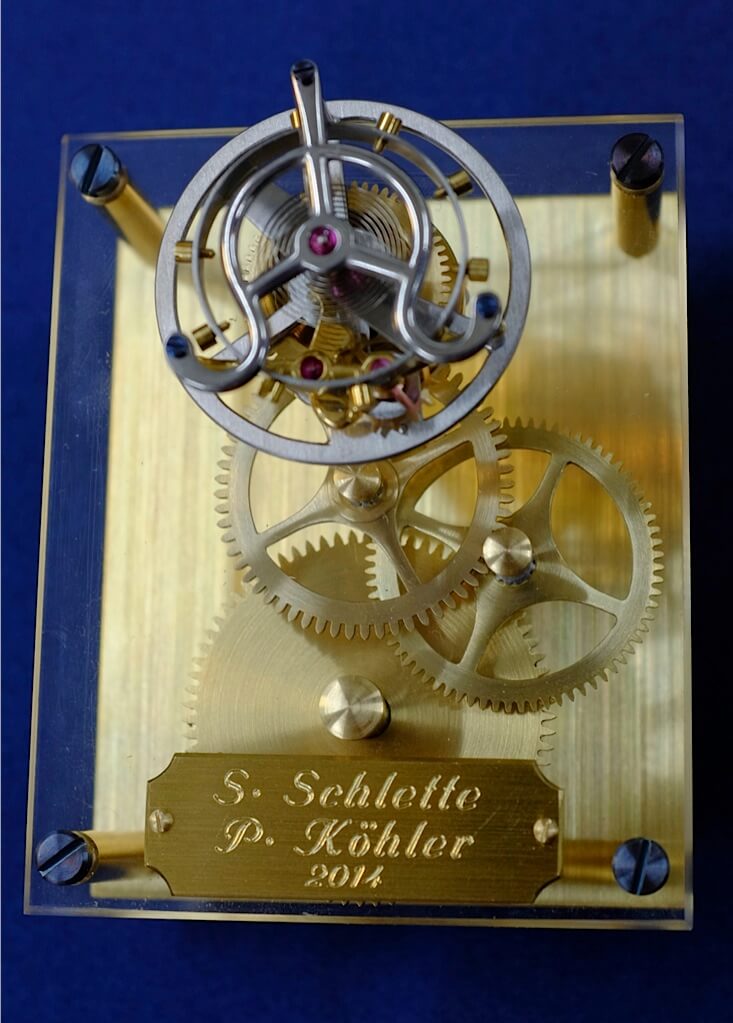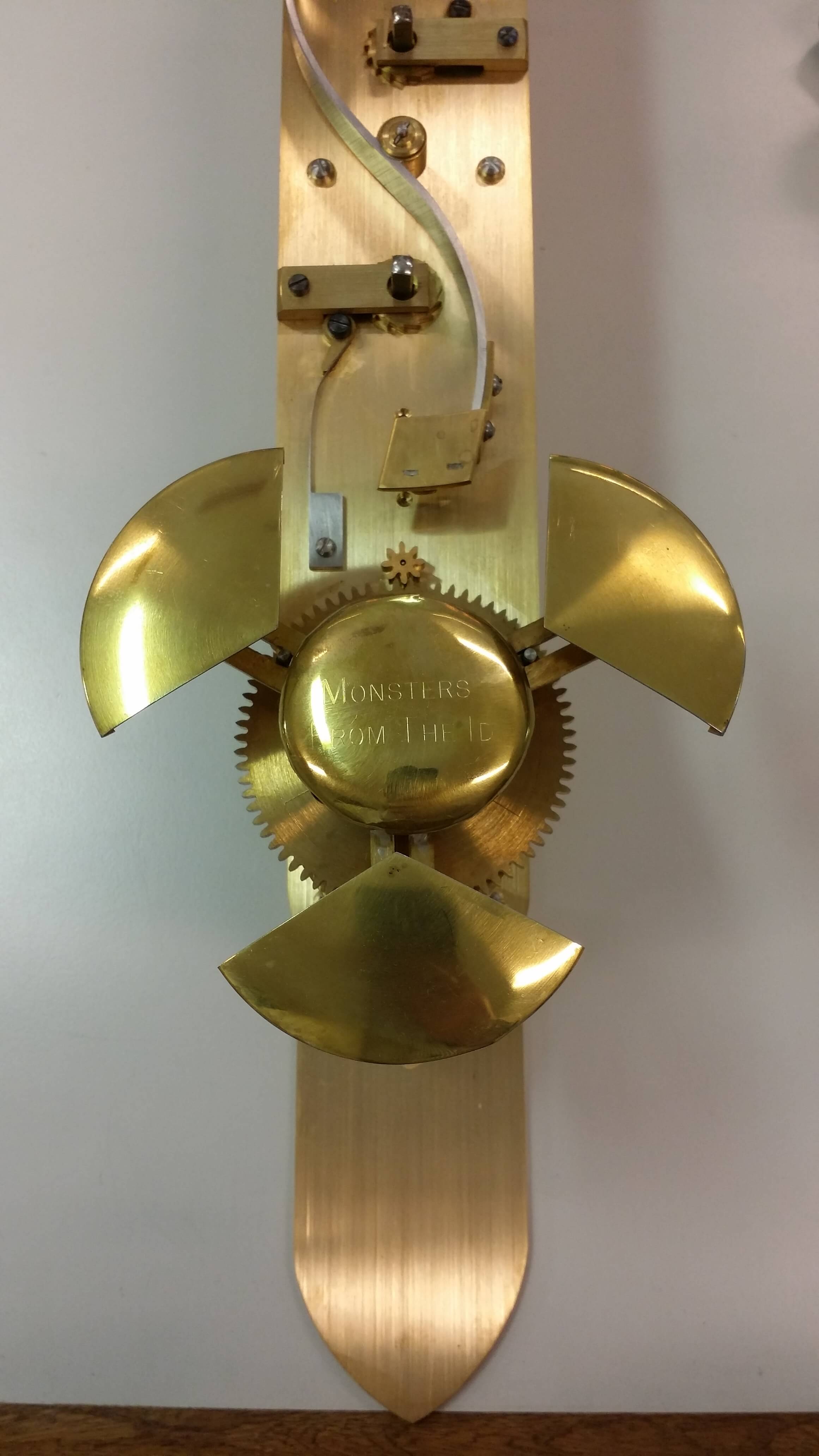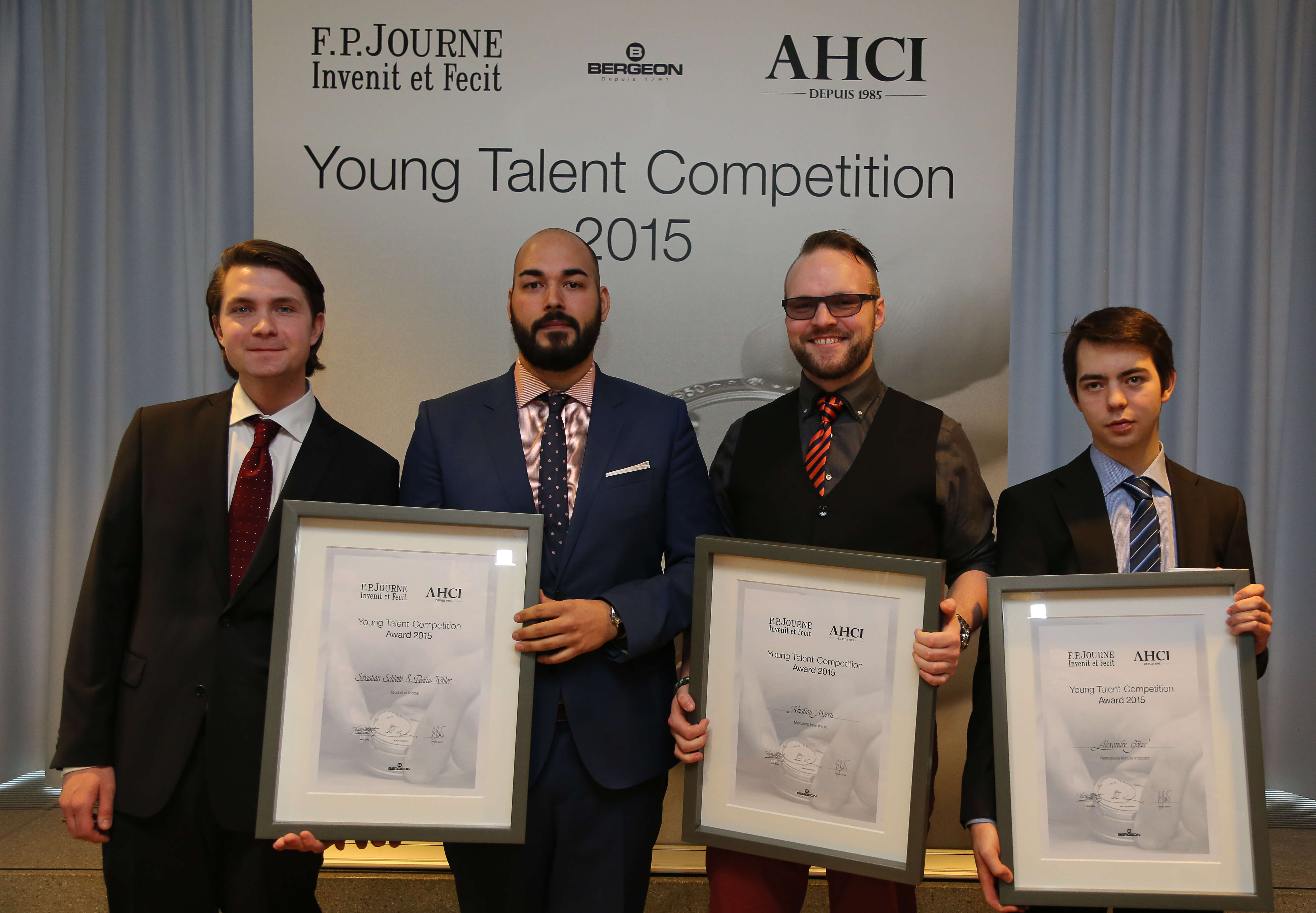Our mission
 Since 2015, F.P.JOURNE's Young Talent Competition supports young watchmaking students and recent graduates to gain a foothold in the world of independent watchmaking.
Since 2015, F.P.JOURNE's Young Talent Competition supports young watchmaking students and recent graduates to gain a foothold in the world of independent watchmaking.
It is organized with the support of The Hour Glass, luxury watch retailer in the Asia Pacific region.
We know the challenges faced by any aspiring watchmaker and our goal is to reward talent, making it known across the world and put their work under the spotlight.
The winner will be presented to the international press beginning of April 2023. Additionally, the winner will win CHF 20’000.- to purchase watchmaking tools or finance his/her horological project.
How to participate?
- Candidates must be between 18 and 30 years of age at the time of registration
- Be watchmaking apprentice or have already graduated
- Self-taught applicants are also welcome
- Applicants must have independently designed and created a timepiece or an horological construction
- Applicants meeting the previous requirements and who participated in previous editions but did not win, are allowed to submit a new creation (one creation per year)
The winners will be rated using 4 criteria:
- Most original concept
- Highest technical complexity
- Most beautiful design and elaborate finishing
- Quality of craftsmanship
What to submit?
- Submit pictures of the timepiece or horological construction
- Include a detailed description, the technical characteristics and dimensions of the timepiece or horological construction
Dates
- 01.06.2022 Registration is open for the Young Talent Competition 2023
- 01.02.2023 Registration closing
- 15.02.2023 Selection of the winner by the Jury
- 01.03.2023 Announcement of the result to the winner
- Beginning of April 2023 Presentation of the winner at a press conference in Geneva
The Jury
The Jury of the Young Talent Competition is composed of key personalities from the international horological scene:
- François-Paul Journe, Watchmaker constructor
- Philippe Dufour, Watchmaker constructor
- Andreas Strehler, Watchmaker constructor
- Giulio Papi, Watchmaker constructor
- Marc Jenni, Watchmaker constructor
- Michael Tay, The Hour Glass Singapore
- Elizabeth Doerr, Watch Journalist
The winner of the Young Talent Competition will enjoy the following:
- Presentation of the winner to the international press at the beginning of April 2023
- Receive a grant for CHF 20’000.- from The Hour Glass and F.P.Journe to invest in watchmaking tools or finance an horological project
- Receive a diploma signed by François-Paul Journe and members of the Jury
“It is not easy for youngsters to start. I was lucky to work at my uncle’s atelier when I was young and received the support of passionate horological actors. It is my turn to help them a little as I was helped at a young age.”
François-Paul Journe is the only three-time winner of the Aiguille d'Or grand prize from the Fondation du Grand Prix d'Horlogerie de Genève and one of the most recognized independent haute horology watch constructor in the world.
Winners
Mario Scarpatetti
Kalender Perpeten - Movement with secular calendar based on his patented invention
Age 29 - Parsonz - Switzerland
Graduate from the Zeit Zentrum Grenchen - July 2012
Introduction_ “The idea for this clock with secular perpetual calendar came up in winter 2016, with a moon ball for the moon phase, and a time equation, wanting the clock movement to have a very long power reserve. The heart of the movement is the perpetual calendar, which automatically corrects even the uneven secular years. Controlled by a wheel that turns once every 400 years, the date needs no correction.
Brief story about the invention of Mario Scarpatetti’s “secular perpetual calendar”_ In 2013, I made a clock with classic perpetual calendar with a 4-year wheel but something bothered me. The mechanics may be leap years recognize between centuries, but not whether a century or millennium is a leap year or not. I started to think about a mechanism that could recognize whether a century or a millennium has a February 29th or not. In 2013, during a train ride, the solution came to me. My idea is to supplement the mechanics of a well-known perpetual calendar with an additional wheel that turns once every 400 years. The greatest achievement is the ease with which this 400-year wheel is switched.
Shortly afterwards, I was asked whether I would make a movement for the drive of a planetarium and I put my sketches in pending. In 2016, I finally found the time to design a clock with my own perpetual calendar. I started milling the first wheels in 2016 and the construction of the large movement lasted until summer 2018. During the production, in March 2018, I applied for a patent for my invention by the Swiss Federal Institute of Intellectual Property relating to a 400-year wheel and its indexing. My 400-year wheel received in 2018 the patent N° CH 00400/18.
Manufacturing of the movement components_ All parts of the movement, with the exception of four ball-bearings (Kugellager), were traditionally handmade. Most of the parts were made from brass and steel sheets, as well as brass and steel round bars. For the manufacturing of the movement, I’ve made all parts without NC and CNC-controlled machines. The movement can be dismantled into 478 individual parts. It consists of a total of 570 components”.
Measurement_ Mechanism: Height: 48 cm - Width: 48 cm Total clock height: 203 cm Total clock weight: 50 kg. Movement: Height 42 cm Dial: Height 41 cm Weight: 21 kg, Sassalbo stone from Poschiavo.
Indications_ Months - moon phases - years / hours - minutes - seconds - equation of time / date - day.
Mario Scarpatetti’s secular perpetual calendar explained in detail_ “All components, such as the rocker switch (Schaltwippe), are exactly the same as in a known perpetual calendar with a 4-year wheel. The 4-year wheel is the first on my calendar that looks different. All 4 deepenings for February have the same depth. The 4-year wheel therefore does not decide whether February has 28 or 29 days. A shift finger (Schaltfinger) is pressed into the front of the 4-year wheel. This finger thus makes one turn every 4 years and switches the 400-year wheel further. The whole thing also works with two shift fingers, as I described in my patent application.
The 400-year wheel had to be manufactured slightly differently. The wheel is switched twice every 4 years, but not regularly every two years. The placement takes place a few months before a leap year (e.g. between April 2019 and January 2020). The next placement takes place after February of a leap year (e.g. between April 2020 and January 2021). The 400-year wheel then remains in the same position for about 3 years. Only then does the next switching take place (in our example between April 2023 and January 2024). The switching is very energy-saving over several months. The shift finger grips in the outer gearing of the 400-year wheel (a fine gearing with 200-teeth). A pawl also grips in the same gearing for positioning.
The inner scope of the wheel has 97 elevations. The nose of the rocker switch of the perpetual calendar feels the 400-year wheel every February. If the nose falls into a gap, the clock switches from February 28 th to March 1st. If the nose rests on one of the 97 elevations, the mechanics switches from February 28 th to February 29 th and then to March 1st the following night.
It gets interesting now at a century or a millennium. In the case of the gear wheel, there is a very large gap at the point where a step would be for three consecutive centuries. At this point, instead of two gaps, the gear wheel has only one gap in the width of three divisions next to a step. Only in the fourth century is there an elevation where the nose feels the century. Namely for those centuries which are a leap year. That is why the 400-year wheel has 97 and not 100 steps inside”.
A small example of the intelligibility_
- In February 2021, the nose of the rocker switch falls into a gap. The clock switches from February 28, 2021 to March 1, 2021.
- In February 2024, the nose of the rocker switch is on one elevation. The clock switches from February 28, 2024 to February 29, 2024.
- In February 2100, the nose of the rocker switch falls in the middle of a wide gap. The clock switches from February 28, 2100 to March 1, 2100.
- In February 2400, the nose of the rocker switch is on one stage. The clock switches from February 28, 2400 to February 29, 2400.
The Gregorian calendar is based on a cycle of 400 years, after one turn of my wheel the game starts all over again, just like with the Gregorian calendar. The owner of the clock never needs to adjust the date.


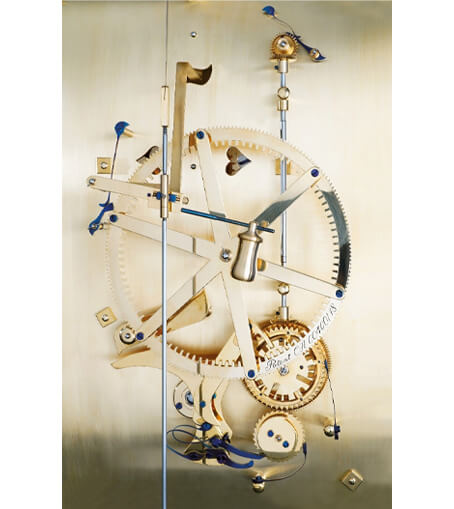
Norifumi Seki
Age 23 - Tokyo - Japan
For his pocket watch Spherical moon and drum calendar
Project_ At my watchmaking school, I attended a course where applicants can make their own watch over a year and I chose to make this watch as a graduation production. I wanted to make this specific complication because I thought it would be interesting to make a watch with a large moon phase for an increased visibility. Since the disk type that is usually used has a large design limitation, I decided to display it as a sphere in order to be more visible.
Challenges_ The problem I was facing was that the vertical calendar display did not work as expected but the moon display worked smoothly. I also had a hard time redesigning and manufacturing the balance wheel. I am still working on improving the quick jump of the calendar. Made entirely of titanium, the moon phase is 20 mm in diameter and set via a recessed pusher in the case band. A third of the sphere is blue heated, while the other two thirds are coated in gold.
Shown in two large windows, each containing two drums for the digits, the calendar is a simple one, with the month in the left window and date on the right; both can be set via the crown. Because the calendar display relies on drums, rather than discs, it is driven by gears perpendicular to the plane of the movement.
Building the movement_ The movement is a mix of parts made from scratch as well as components from tried-and-test calibres. Amongst the parts I made are the base plate, bridges, and mechanisms for the calendar and moon phase. Most of going train, from mainspring to fourth wheel, are taken from the Valjoux 7750, long a favorite base movement for complications because of its robustness and reliable energy delivery. However, the escapement is from the Peseux 7040 because I wanted to run the movement at 3Hz instead of 4Hz to make the balance wheel larger. I then produced the four-armed balance wheel and paired it with a hairspring from the 7750. As a result, the balance bridge still retains the Etachron regulator index of the 7750. The movement is coated in 18K yellow gold, and finished with perlage and Côtes de Genève. Both the balance bridge and escape wheel cock are hand engraved. I also produced all of the external components of the watch. Though it appears to be engine turned, the dial was actually engraved on a lathe, as I did not have access to a rose engine. But the dial colour was achieved the traditional way, having been silver plated using diluted sulfuric acid. The hands were also made from scratch with a combination of heatblued steel and golden brass.
Technical specifications_
Case: 18K yellow golden brass
Width: 4.7 cm
Height: 2.3 cm
Length: 6.3 cm
Total weight: 140 grams.
Crown and bow also in 18K yellow golden brass.
Movement: coated in 18K yellow gold, with perlage and Côtes de Genève decorations, balance bridge and escape wheel cock hand engraved.
Dial: engraved guilloche silver plated.
Moon: 20 mm diameter in titanium partly golden.
Hands: heated blued steel and golden brass.
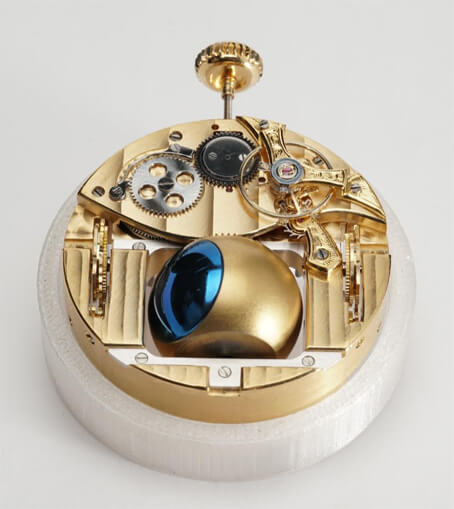


Tyler John Davies
Age 27 - Birmingham - England
For his clock Equilibrium “An expression of the balance between two or more forces”
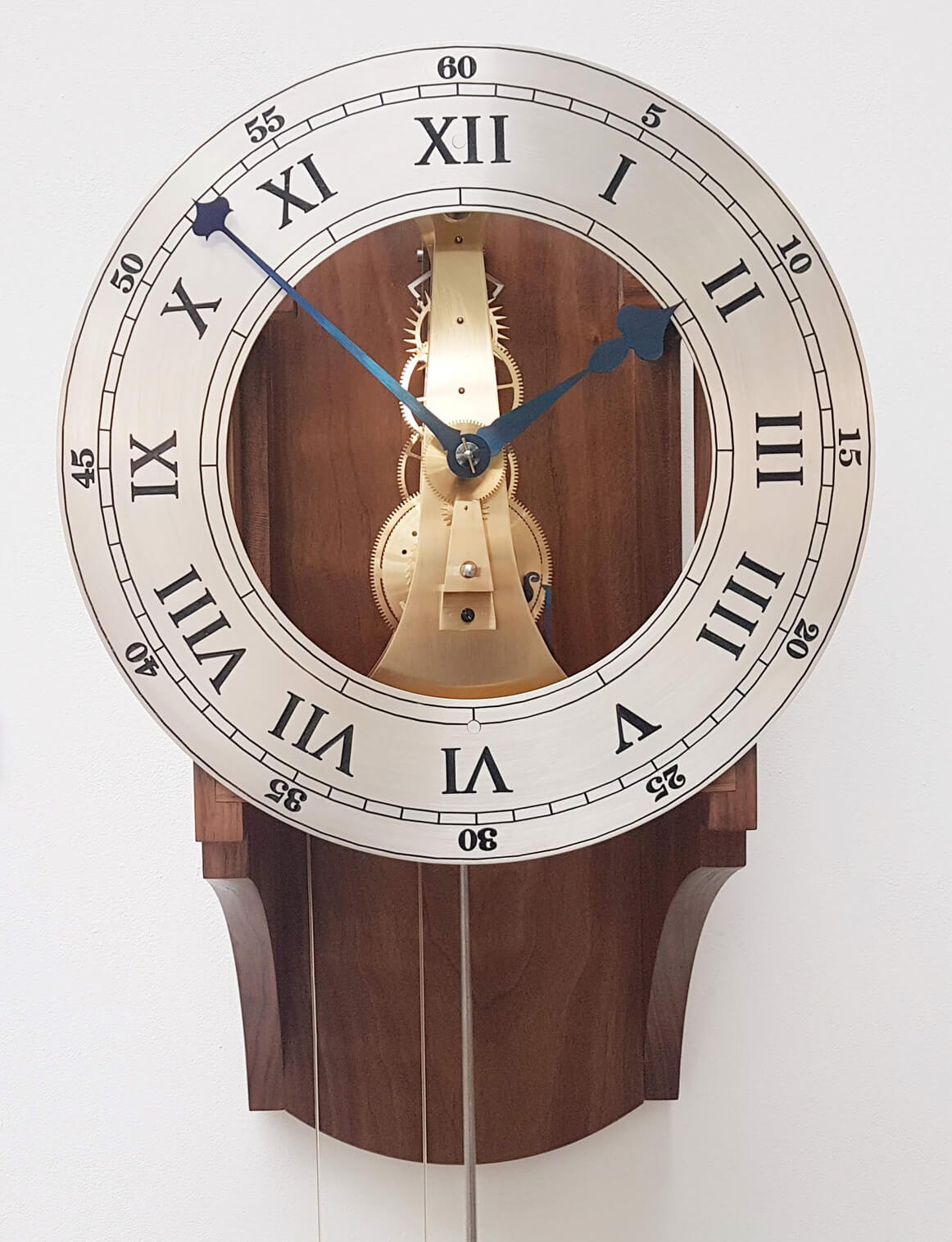


Charles Routhier
Age 24 - Morteau - France
For his wristwatch Halley
Rémy Cools
Age 20 - Morteau - France
For his clock Mechanica Tempus Pendulette Tourbillon
Théo Auffrey
Age 22 - Boudry - Switzerland
For his regulator chronometer Tourbillon à Paris
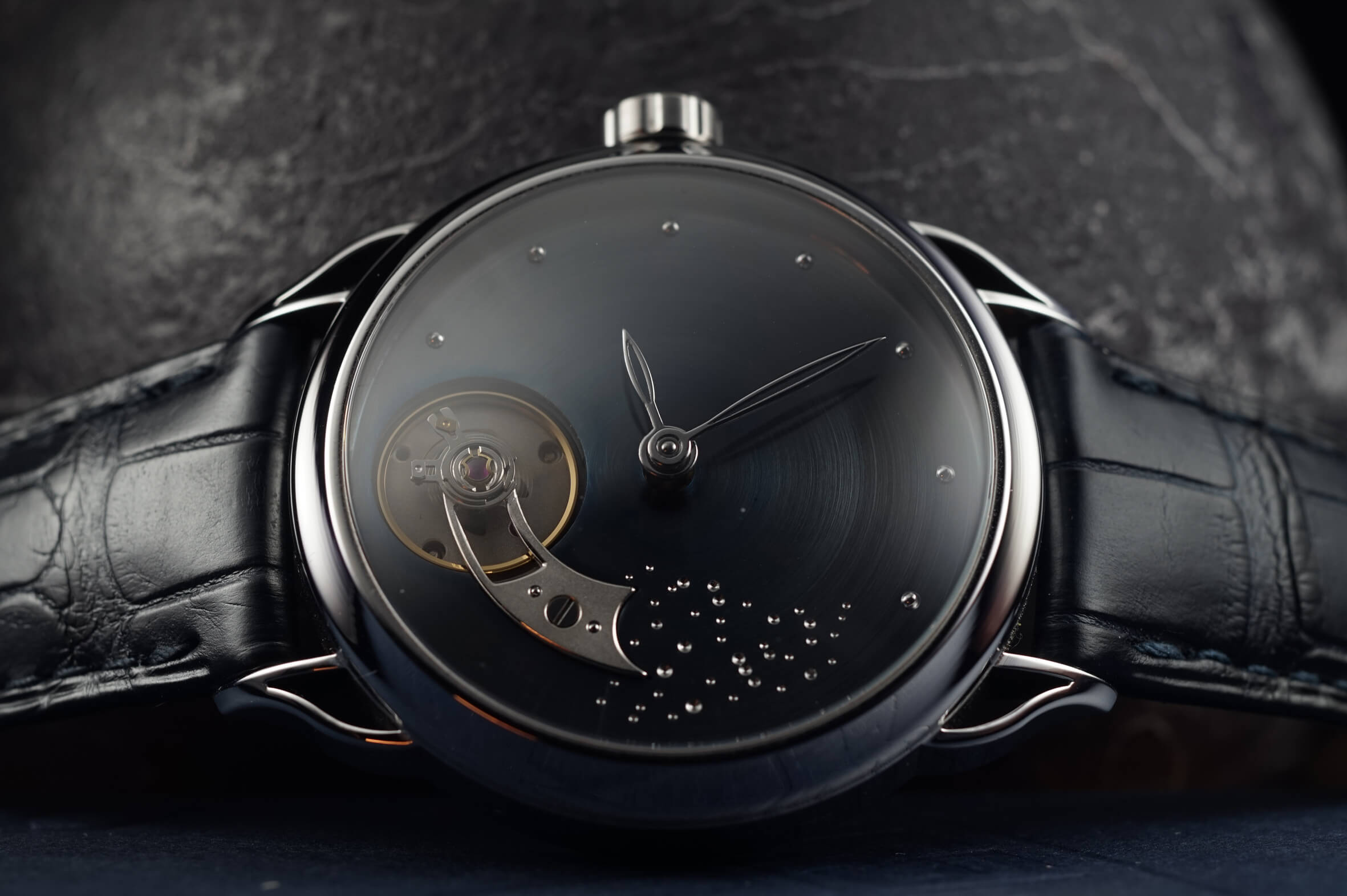

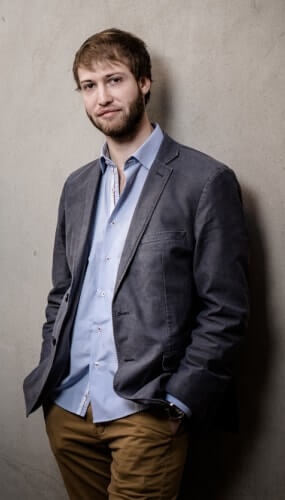
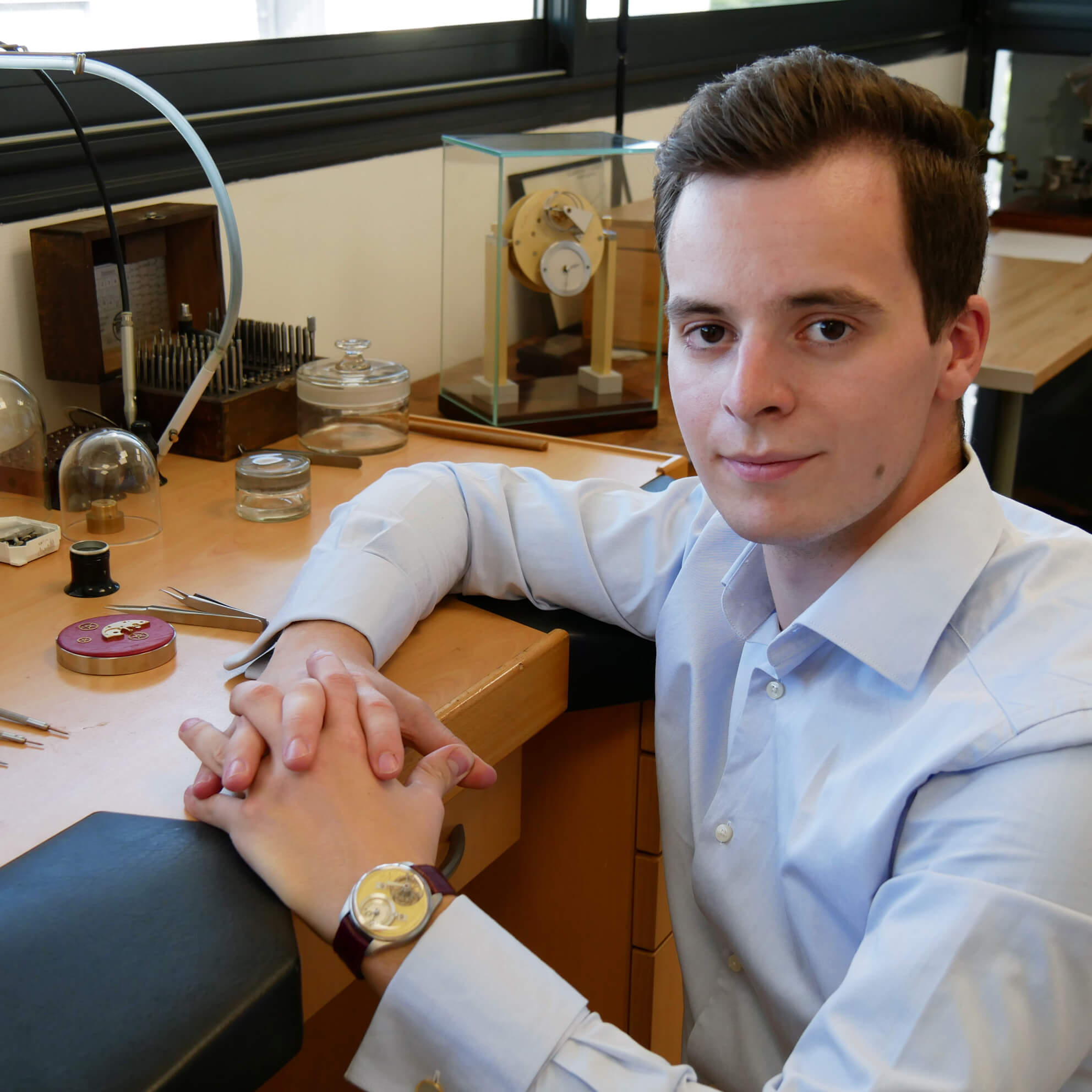
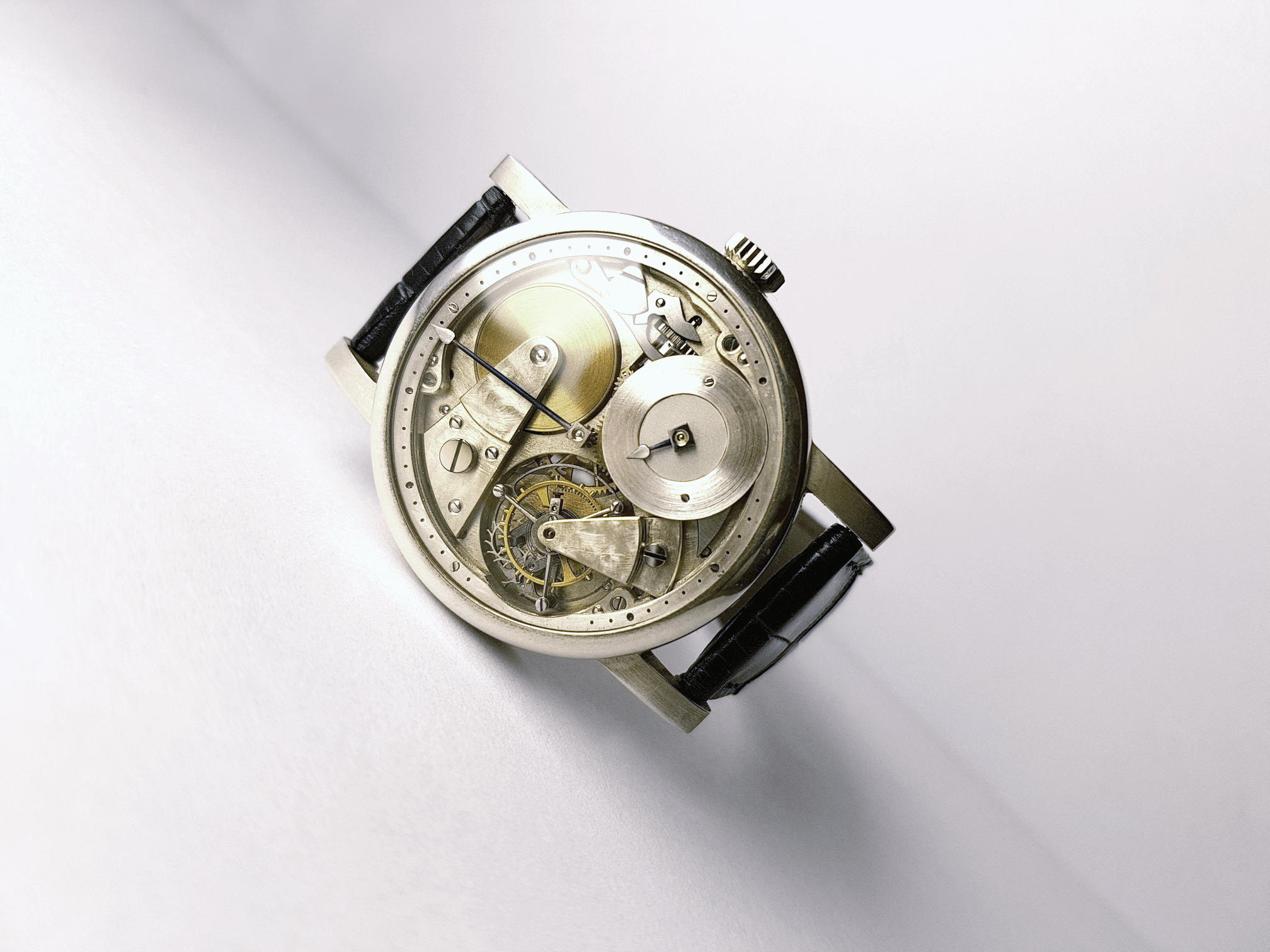

Tristan Ledard
Age 23 - Paris - France
For his Clock with Linear Equation of Time
Anna-Rose Kirk
Age 27 - Birmingham - England
For The Horizon Clock
Anton Suhanov
Age 33 - Moscow - Russia
For his Clock with Triple Axis Tourbillon
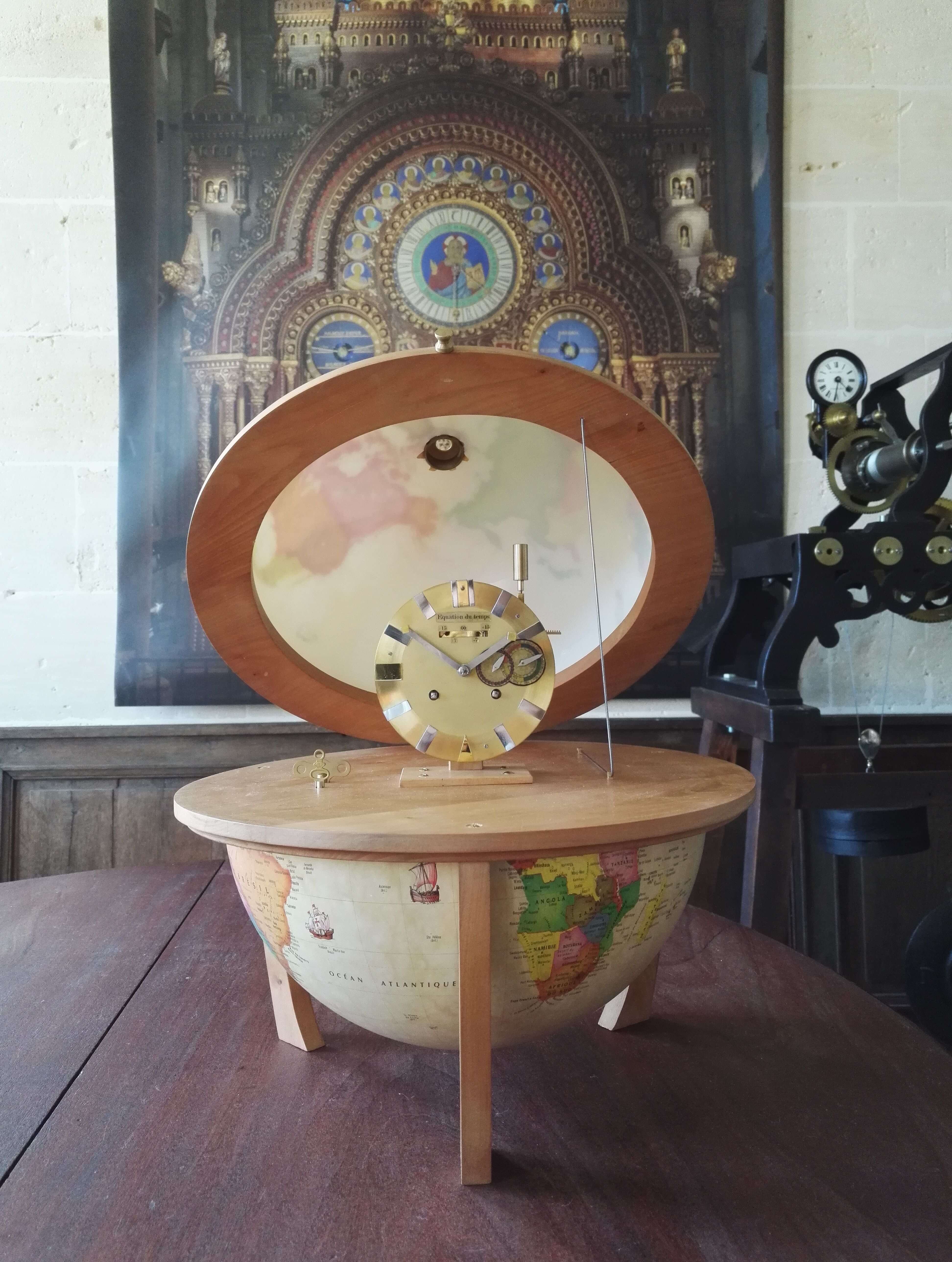

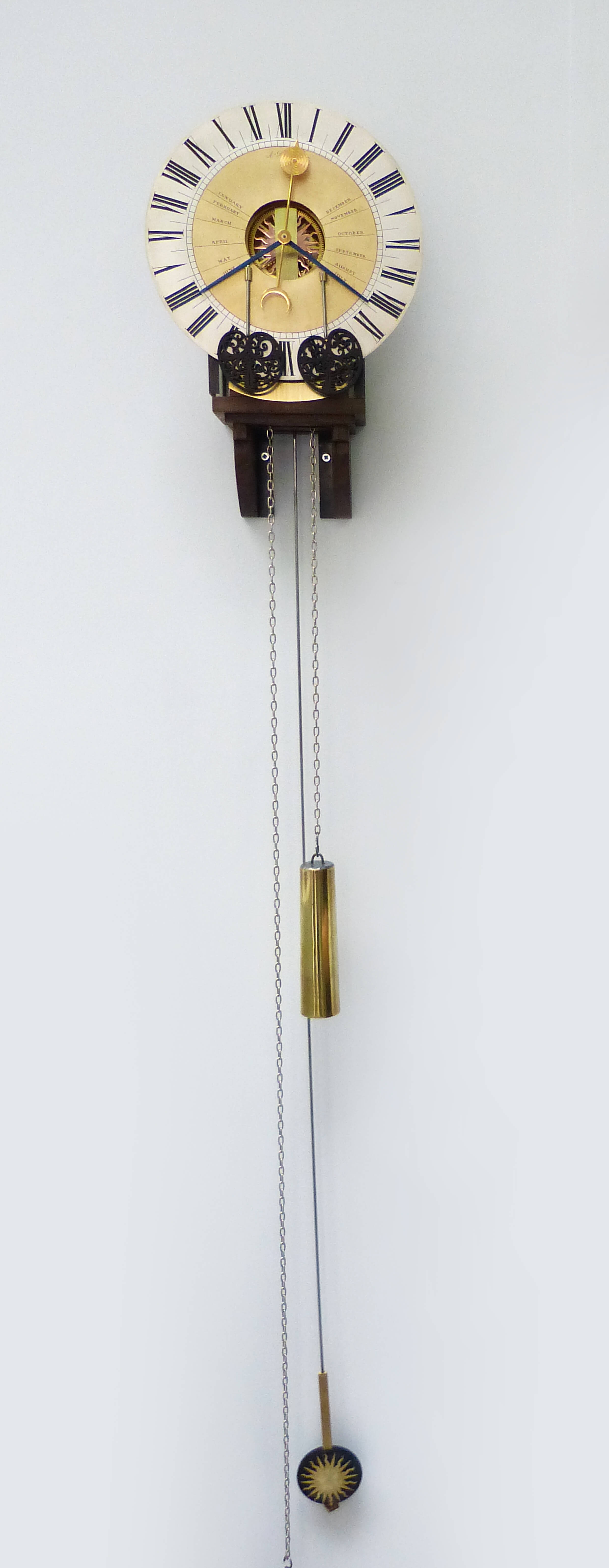
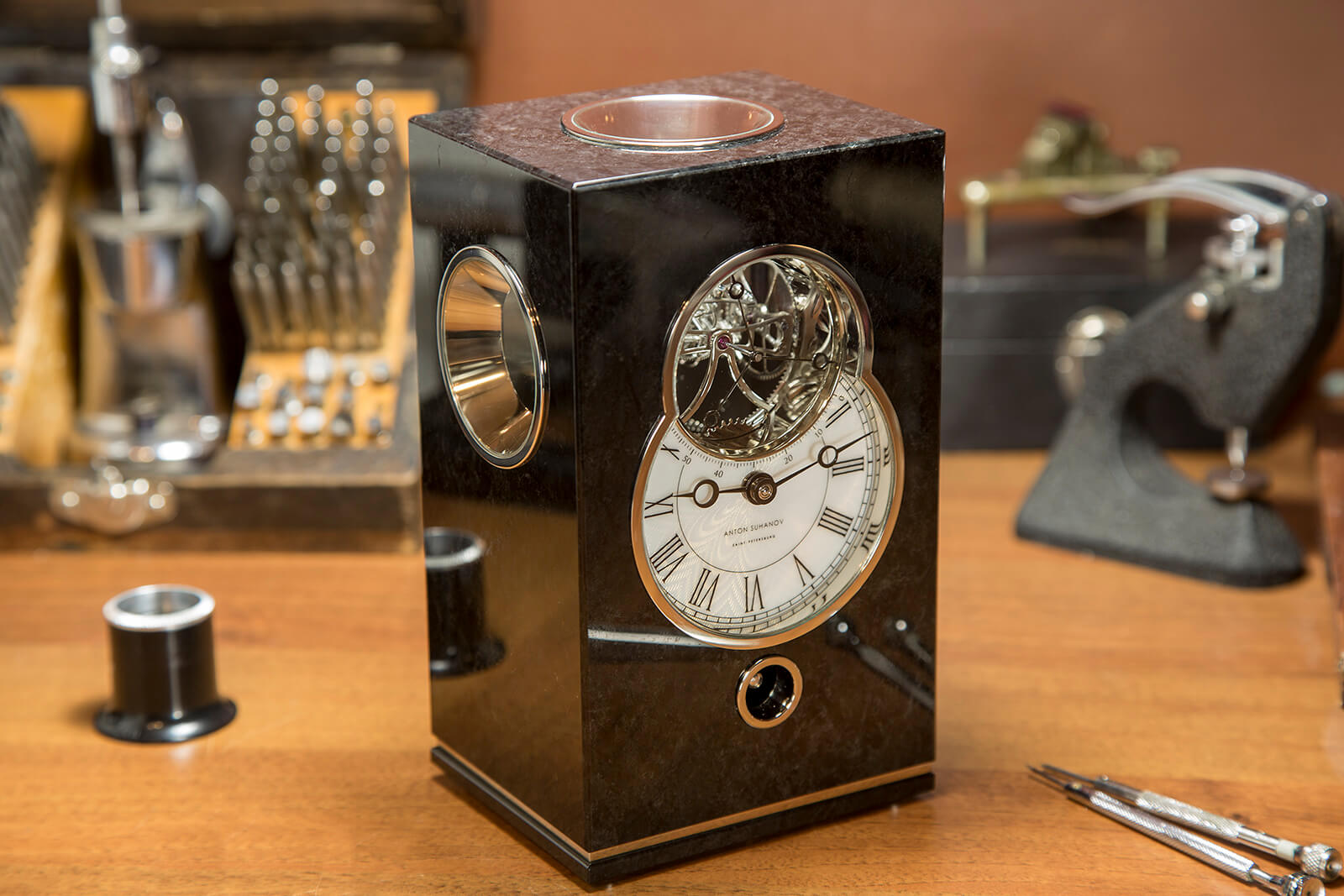

Sebastian Schlette & Pontus Köhler
Motala - Sweden
For their clock Tourbillon Model
Kristian Myren
Ringsted - Danemark
For his clock Monsters from the Id
Alexandre Götze
Kreuzlingen - Switzerland
For his Retrograde Minute Indicator
